Are you a frustrated designer with an eye for color and fashion?
Creating a planter or hanging basket is a perfect way to express your creativity on a small scale. It’s an opportunity to develop your design skills by experimenting with different plant combinations, textures, and colors.
With a planter, you can easily move plants around to find the best combinations and see how different textures complement each other. Unlike home furnishings or paint, plants change shape and color as they grow, offering endless possibilities to explore and refine your designs. Whether you prefer bold, vibrant colors or subtle, calming tones, a planter allows you to test and perfect your ideas in a dynamic, living medium.
Choosing Plants for Your Planter
Plants have natural growth habits, and while they are adaptable, they will always try to grow in their preferred way. For example, a trailing plant will naturally want to trail, no matter where you place it. When creating a mixed planter, using different types of plants can seem complex, so to simplify the process, I’ve divided them into three groups, using a clock as a metaphor to describe their growth habits:
- “12 O’Clock” Plants (Upright Growers)
These plants grow upward and provide height and structure to your planter. They are ideal for the center or back of the planter to create a focal point. Examples include grasses, spikes, or tall flowering plants. - “3 O’Clock and 9 O’Clock” Plants (Mounding Growers)
These plants have a rounded or bushy growth habit, filling in the middle area of your planter. They add fullness and are perfect for balancing the arrangement between the upright and trailing plants. Examples include petunias, geraniums, and marigolds. - “6 O’Clock” Plants (Trailing Growers)
Trailing plants grow downward, spilling over the edges of the planter. They soften the look of the arrangement and add a cascading effect. Examples include ivy, trailing lobelia, or creeping jenny.
By thinking of your planter as a clock, you can easily decide where each type of plant should go to create a balanced and visually appealing design. This method helps you mix different plants effectively, ensuring that each one thrives in its natural habit while contributing to the overall beauty of your planter.
Upright plants
10-2 o’clock
Taller plants for the middle of your planter often called the focal or main plant
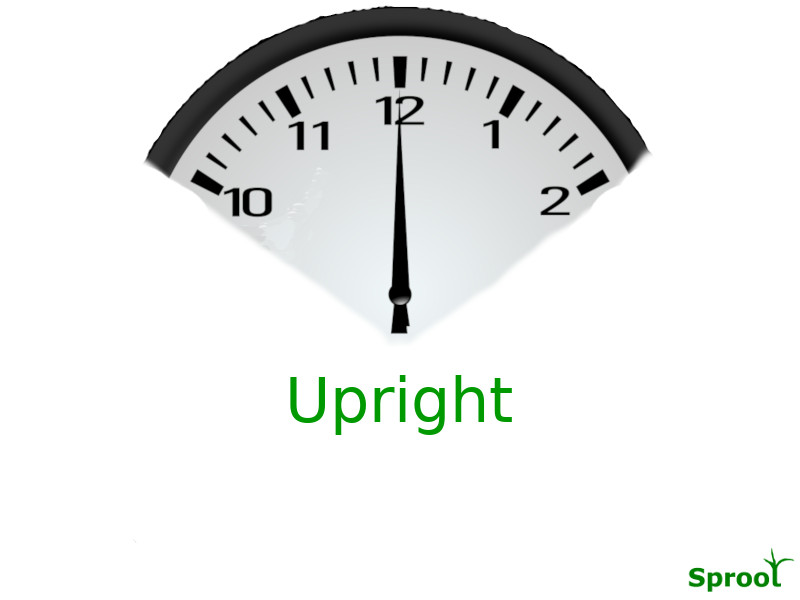
Semi- trailing
2-4 8-10
o’clock
Semi trailing spreading plants often called fillers
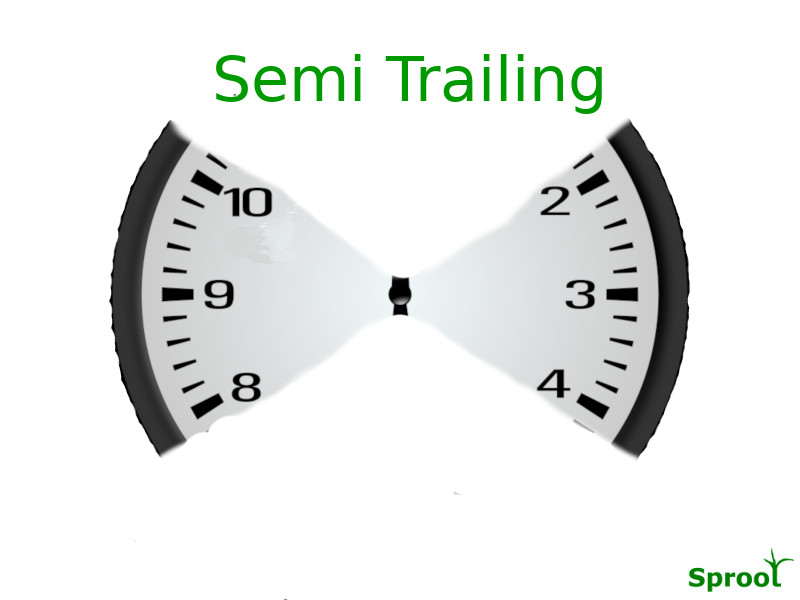
Trailing
4-8 o’clock
Trailing plants with long trailing foliage often called spillers and used in the sides or base of your planter

For a mixed planter, selecting the right combination of plants is key to creating a balanced and visually appealing design. Here’s a simple approach:
- Thrillers (Tall Plants):
Choose a tall plant to provide height and a focal point for your planter. These plants add drama and draw the eye upward, making them perfect for the center or back of the arrangement. Examples include grasses, canna lilies, or tall annuals like geraniums, begonia or dahlia. - Fillers (Semi-Trailing Plants):
These plants have a mounding habit and are used to fill in the middle space of your planter. They add bulk and help transition between the tall and trailing plants. Fillers provide fullness and richness to the arrangement. Examples include petunias, ivy geraniums, verbenas, begonia or coleus. - Spillers (Trailing Plants):
Trailing plants hang down over the edges of the planter, adding a cascading effect that softens the look of the arrangement. They are perfect for adding movement and texture to your design. Examples include ivy, trailing lobelia, petunia, nepeta or lysmachia.
This method, often described as “Thrillers, Fillers, and Spillers,” is a concept popularized in America to make plant selection for containers easier and more effective.
By combining these three elements, you can create a dynamic and attractive planter that showcases different heights, textures, and colors. This approach ensures your planter has a well-rounded and harmonious look, with each plant complementing the others.
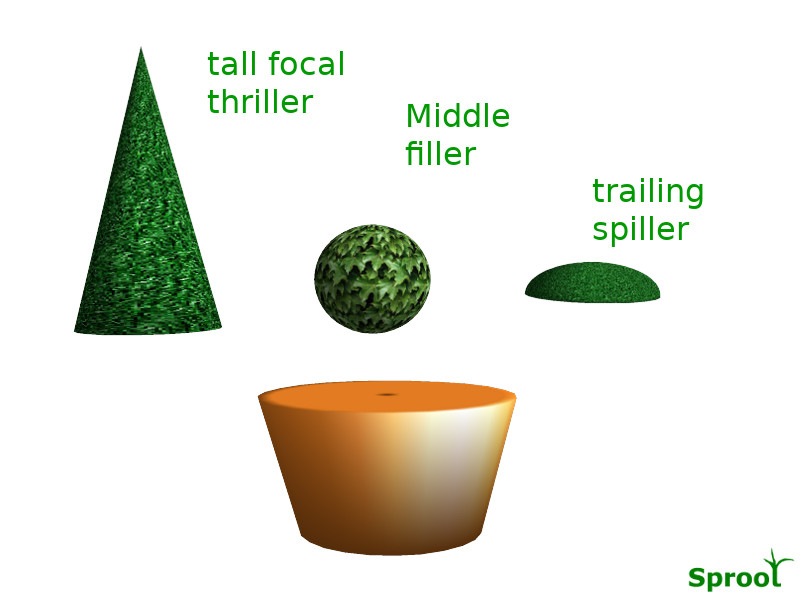
Planter elements
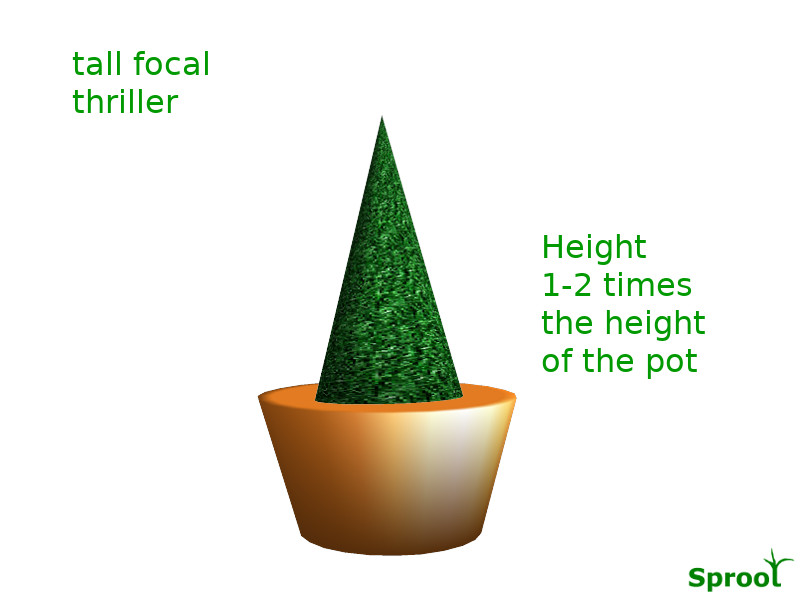
Using a tall or colorful plant in the center of your planter will create a strong focal point, drawing your eye into the arrangement. This central plant becomes the star of the show, setting the tone for the entire design and guiding your attention to the heart of the planter. It provides height, contrast, and interest, making the overall composition more dynamic and visually appealing. Whether you choose a plant with striking foliage, vibrant flowers, or an unusual shape, this centerpiece will anchor your planter and enhance its overall impact.
Symmetrical
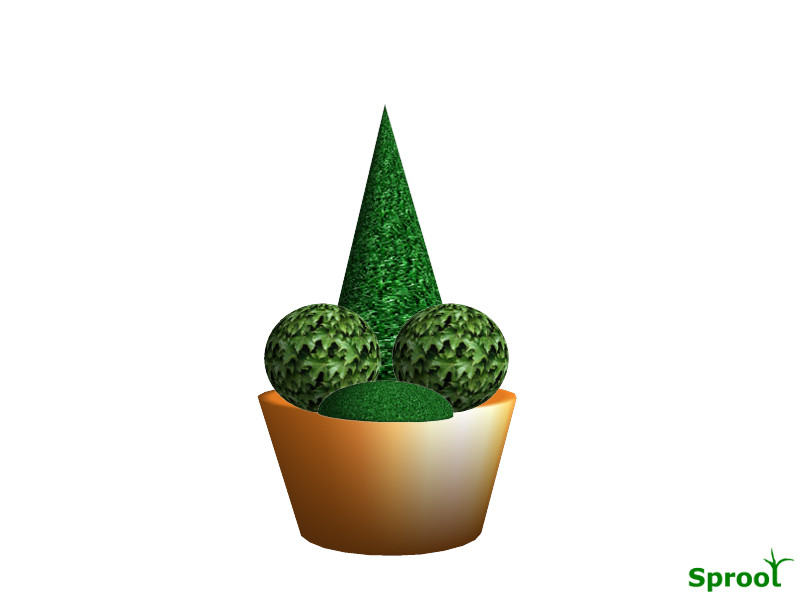
Creating a symmetrical planter design ensures that your eyes are naturally drawn to the central focal point, and then evenly toward the edges. In a symmetrical arrangement, the balance and harmony of the design create a pleasing visual effect, with each side mirroring the other. This symmetry helps guide your gaze smoothly from the center outwards, making the planter look well-organized and cohesive. Using matching plants or similar colors and shapes on either side of the focal point enhances this effect, giving your planter a classic, elegant appearance.
Asymmetrical
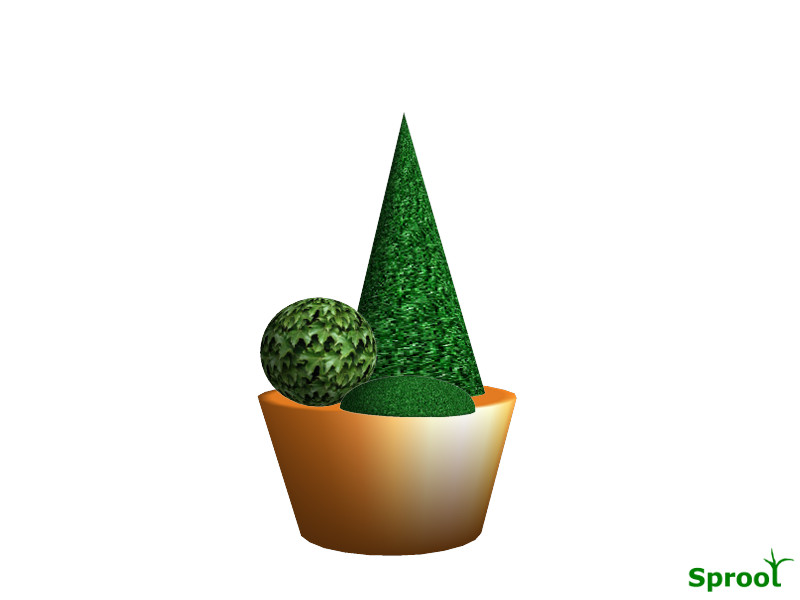
Creating an asymmetrical planter design introduces a sense of movement and dynamism. In an asymmetrical arrangement, your eyes are drawn from the focal point (the tall or colorful plant) through the filler plants, and finally down to the trailing spiller plants. This flow adds visual interest and a more natural, organic feel to the planter. The varying heights, shapes, and textures guide your gaze in a deliberate but less predictable way, making the arrangement feel lively and engaging. Asymmetry can make the planter appear more spontaneous and creative, giving it a unique, artistic quality.
Single planting
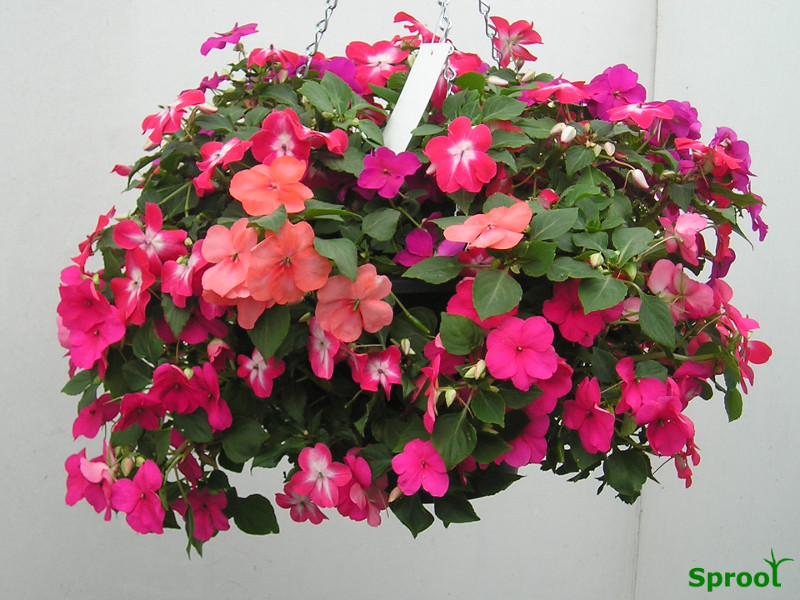
After all that planning and considering structural elements, it’s important to remember that single planting can be just as effective. A planter made with just one type of plant can create a striking, cohesive look. The key to success with single planting is to use enough plants to create a bit of crowding. This crowding encourages the center plants to grow upward, adding height, while the outer plants naturally spill over the edges, enhancing the trailing effect.
This approach works especially well with semi-trailing plants, which can fill out a basket beautifully and create a lush, uniform appearance. Single planting offers simplicity and elegance, proving that sometimes less really is more.
Once you’ve chosen your structure plants, it’s time to think about colors. For a new gardener, a simple hot or cool color mix is probably the easiest way to create a visually appealing planter.
Using a designer’s color wheel can help you select your plants:
- Hot Colors: These include reds, oranges, and yellows. They bring warmth and energy to your planter, creating a vibrant and lively display. Hot colors are eye-catching and work well together, making your planter feel bold and dynamic.
- Cool Colors: These include blues, purples, and greens. Cool colors create a calming and serene effect, perfect for a more relaxed and soothing planter. They harmonize well with each other and can make your planter feel balanced and peaceful.
By choosing a hot or cool color scheme, you can simplify the design process while ensuring your planter has a cohesive and attractive appearance.
Creating a Hot Mix Planter
A hot mix creates a vibrant and energetic planter by combining warm colors that draw the eye and create a lively display. Here’s how to design your hot mix planter:
- Combine 2 or 3 Colors:
- Red, Orange, and Yellow: These classic hot colors work well together, creating a fiery and eye-catching arrangement. Red and orange provide a bold contrast, while yellow adds brightness and warmth.
- Analogous Colors: Use colors next to each other on the color wheel, such as red and orange, or orange and yellow. This creates a harmonious effect with less contrast but still plenty of vibrancy.
- Use Shades of the Same Color:
- Monochromatic Scheme: Choose varying shades of a single color, like different shades of red (from deep burgundy to bright scarlet) or various shades of orange. This approach creates a sophisticated and unified look while still maintaining the vibrant energy of hot colors.
By carefully selecting and combining these colors, you can create a planter that bursts with warmth and energy, making it a stunning focal point in any space.
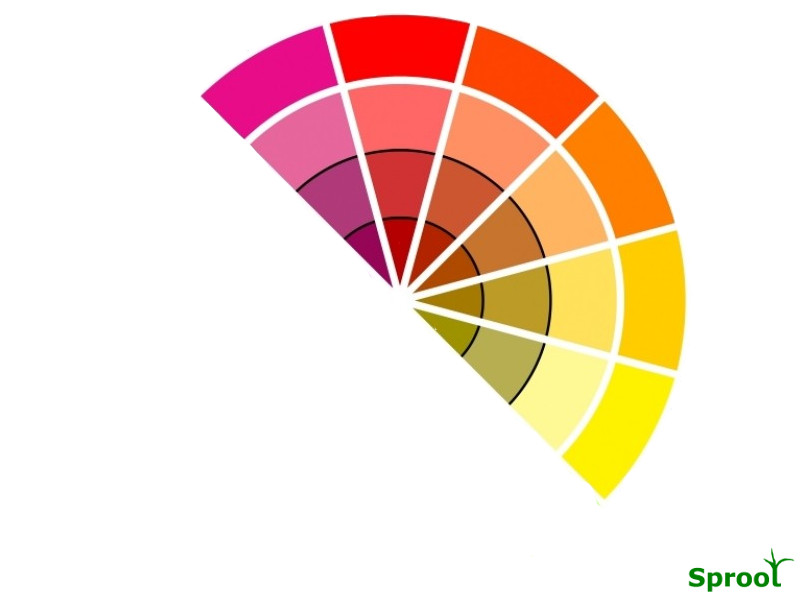
Creating a Cool Mix Planter
A cool mix creates a calming and reflective mood by using cool colors. Here’s how to design your cool mix planter:
- Combine 2 or 3 Colors:
- Blue, Purple, and Green: These colors work harmoniously together to create a serene and tranquil display. For instance, combining deep blue with soft lavender and fresh green can evoke a sense of calm and peace.
- Analogous Colors: Use colors next to each other on the color wheel, such as blue and green or blue and purple. This creates a smooth, cohesive look with subtle variations in hue.
- Use Shades of the Same Color:
- Monochromatic Scheme: Choose different shades of a single cool color. For example, varying shades of blue, from deep navy to pale sky blue, or different shades of green, from emerald to mint. This creates a sophisticated and cohesive effect while maintaining a soothing, cool atmosphere.
By thoughtfully combining or varying shades of cool colors, you can create a planter that exudes tranquility and elegance, perfect for relaxing spaces.
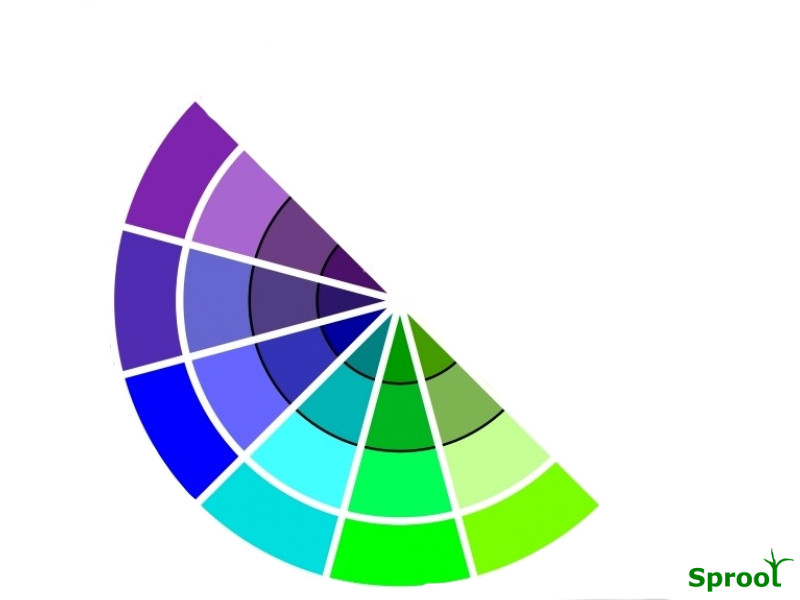
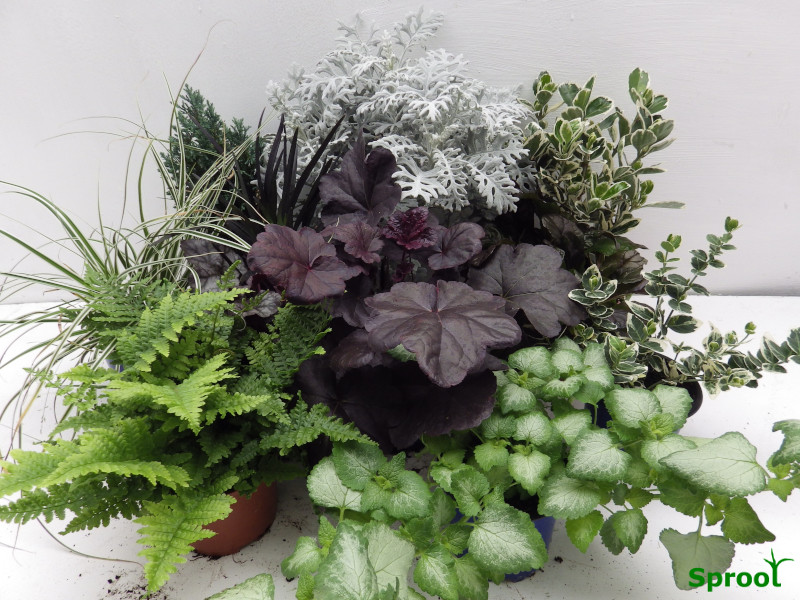
Autumn patio pots and hanging baskets
The most important thing about planting autumn planters is timing, if you wait until October to make up your planters, then you will find its…
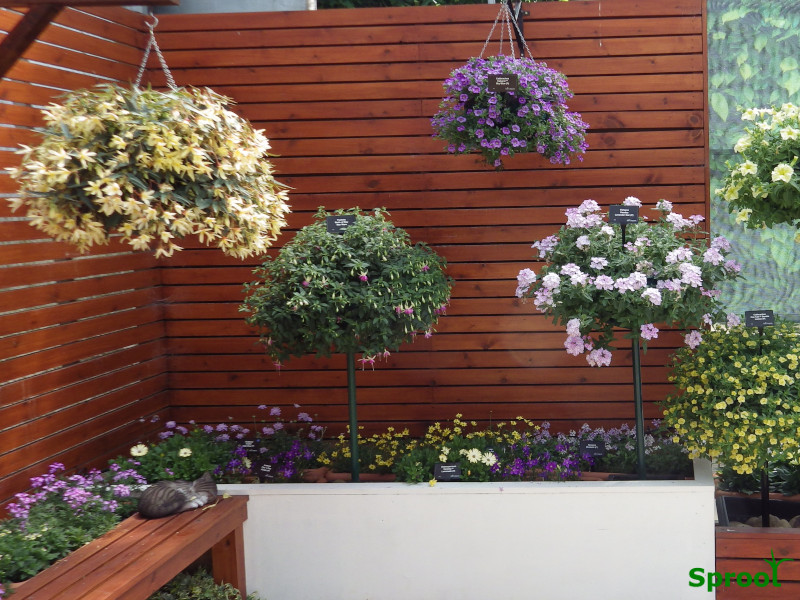
Choosing a summer basket
Hanging basketsOne of the most popular forms of container gardening, but judging by the amount of half dead hanging baskets you see it also has…
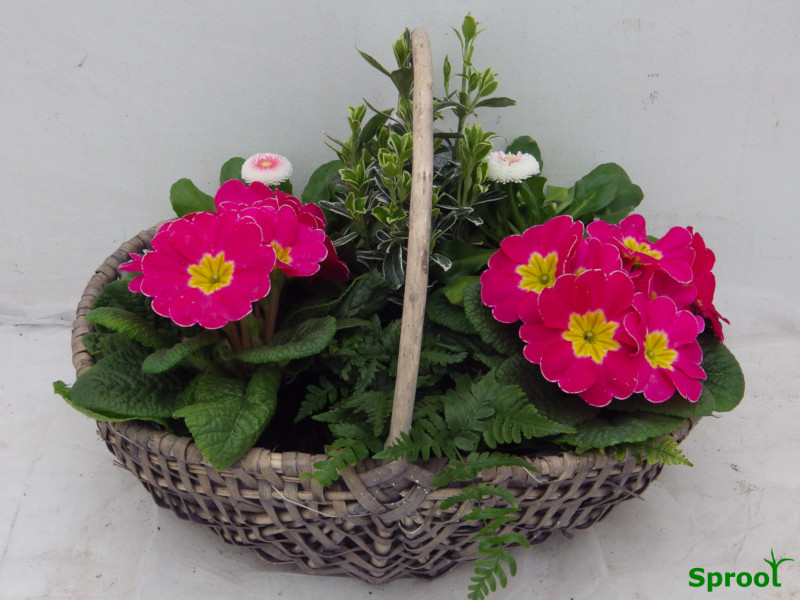
Spring patio pots and hanging baskets
No need for your summer patio pots to be empty, you can plant them up now and you can still use them for the summer.The…
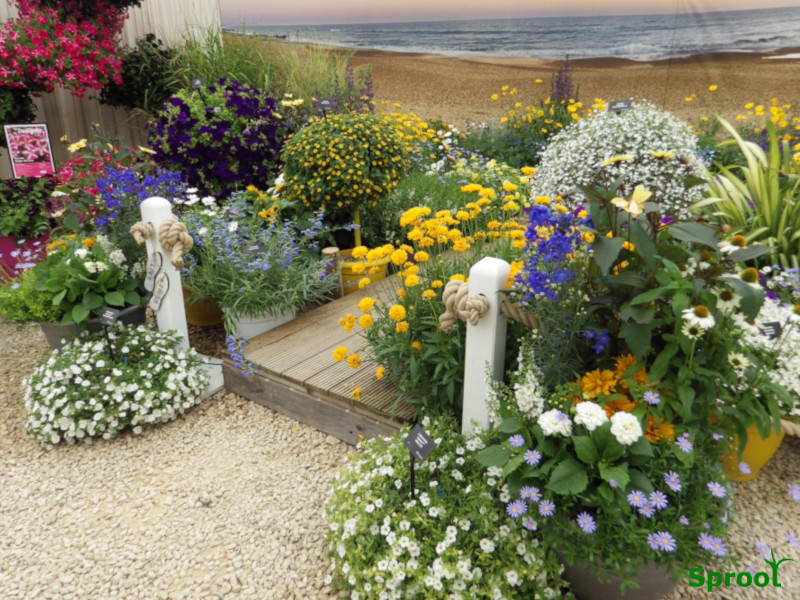
Summer patio pots and hanging baskets
The hardest thing about summer planters is deciding when to plant them, the spectre of frost is always there. If you have planters that can…

